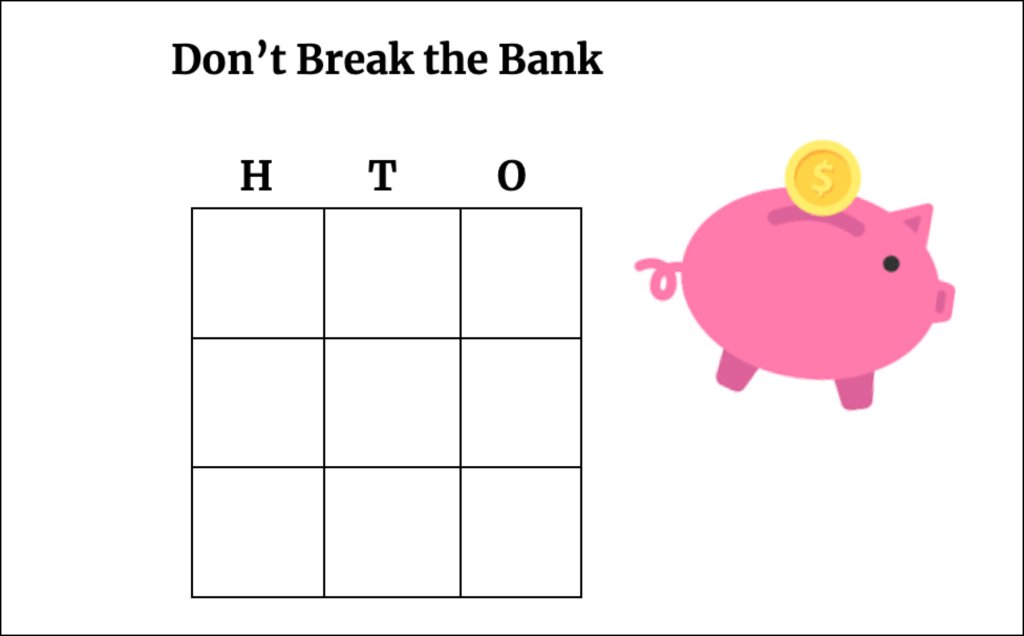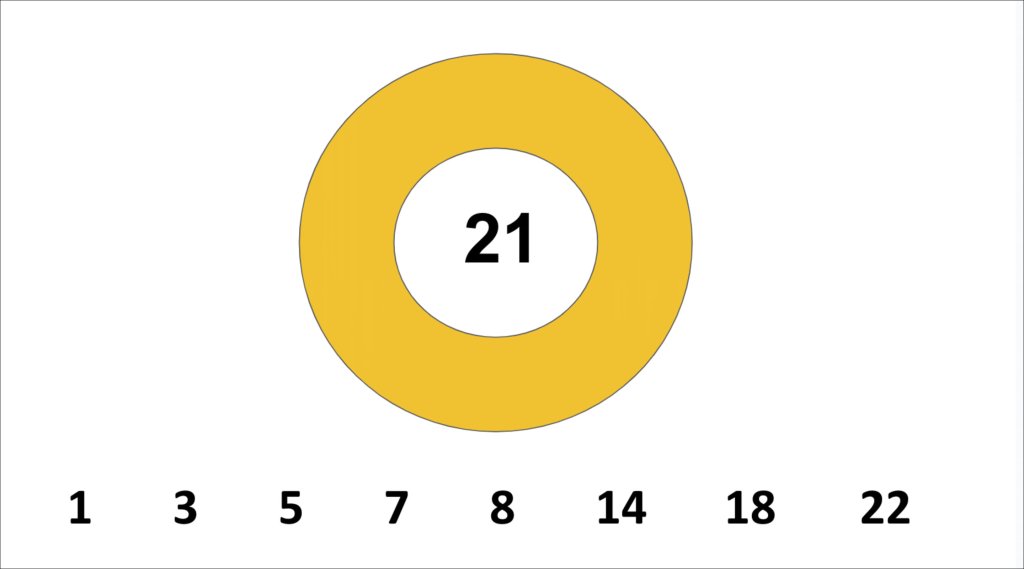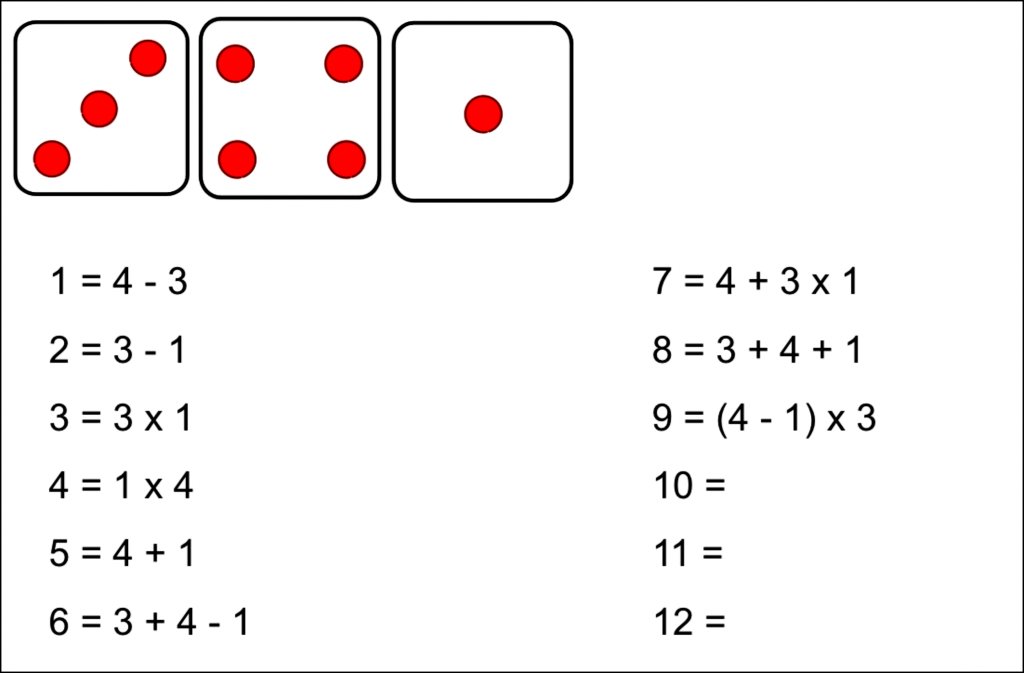5 Rich Math Activities That Elementary School Teachers Can Use Anytime
These games take less than 10 minutes and help students improve their skills while having fun.
Whether it is your first year or your 40th year of teaching, you know how important it is to have a quick activity or a game ready for those unexpected moments when your lesson ran short, there’s a schedule change, or you just need a reset. Why not make sure that the activity you choose is both productive and valuable?
But what makes a good math game? The best math games include elements of both chance and strategy. We want students to make decisions and think, allowing them to have some power over the outcome, while also including an element of chance—rolling dice or dealing cards—which can make the activity fun, exciting, and unpredictable. The following activities provide opportunities for students to explore operations, test theories, notice patterns, and make discoveries—things mathematicians do—all in 10 minutes or less.
1. Don’t Break the Bank
Concepts: Place value, addition
Materials: Six-sided dice
Source: Math for Love
Directions: Set up a game board with three rows of three boxes. On each turn, roll a die and place the digit in one of the boxes to create three three-digit numbers. After you have rolled the die nine times, find the sum of the three addends. The goal of the game is to get a sum as close to 1,000 as possible without going over, similar to The Price Is Right.

Variations: For first and second graders, you can roll four times to make two two-digit numbers with the goal of getting as close to 100 without going over. Another variation is to change the operation and what “breaks the bank.” For example, you can change the operation to subtraction and try not to get zero.
2. For Keeps
Concepts: Place value, subtraction
Materials: Deck of cards, eliminating kings, jacks, and 10s
Source: I learned about this game at the National Council of Teachers of Mathematics convention in Washington, DC, in 2023 with Jennifer Bay Williams and Dan Meyer.
Directions: This game is played in four rounds. In each round, players are dealt out four cards. Each player makes two two-digit numbers. For this game, queens represent 0. Once you have your two numbers, find the difference. Then, decide if you want to record the difference and save it as your score or “trash” it, requiring players to make a decision if their difference is low enough or if they can get a lower score next round. After the fourth round, add the two scores you kept. The player with the lowest score wins.
Variations: You can have the highest score win. Older students can also explore negative differences.
3. Target Number
Concepts: Number sense and flexibility, all operations
Materials: Writing supplies
Source: Adapted from this Math for Love game
Directions: For this activity, select a number that is the “target,” then pick five to eight numbers that students can use to make equations that equal the target number. This activity allows students to develop flexibility with numbers and explore creating multiple equations with the same result. Teachers might ask, “If you don’t have a 2, how can you make a 2 with the numbers available?” You can have students share their favorite equation with a partner or the whole group if time allows. This game is an authentic introduction to more complex concepts such as order of operations, equations using parentheses, and repeated addition being written as multiplication.

Variations: You can select the target number and allow students to use any numbers they choose. Another variation is to put limitations on the equations they can create. For example, students must use subtraction, need to include parentheses, or only use even numbers.
4. Four Strikes and You’re Out
Concept: Adaptable
Materials: Dry erase boards and markers
Source: Marilyn Burns
Directions: Write an equation down on a piece of paper, out of view of the players. On your classroom board, write the equation with blanks for the digits. Underneath, write the digits 0 through 9. Students take turns making guesses to complete the equation. Each time a digit is not included in the equation, they get a strike, and you cross off the digit on the list below. Students are trying to complete the equation before they get four incorrect guesses.
As digits begin to fill out the equation, students start to see clues that help them make educated guesses. For example, students might notice that the equation requires regrouping once the tens places are filled in. This game allows all students an entry point and also provides great discussions. Once students have played this game as a whole class, they can play in small groups or partners, creating their own equations.
Variations: You can make the equation anything you are working on at the moment. In first grade, we could have an addition or subtraction equation to 20. In third grade, we might use a four-digit by one-digit multiplication equation. In fifth grade, we may use operations with decimals or fractions.
5. Clear the Board
Concepts: Number sense and flexibility, all operations, mental computation
Materials: dice, dry erase boards and markers
Source: Marilyn Burns
Directions: Begin by writing the numbers 1 through 12 down the side of the board. Roll three dice (or one die three times). The challenge is to use those three digits to create equations that result in the numbers on the board in order, starting with 1. Continue down the line, writing equations next to each number until you can’t go anymore. When you are unable to create an equation for the next number, you can roll again for three new numbers.

Variations: You can adapt the rules as appropriate. For example, you can allow students to use the numbers rolled more than once.
These quick and easy math tasks can also be a great way to begin a math lesson, as they can serve as a hook, inviting students in since it feels fun and engaging. These activities have multiple entry points, allowing all students to feel a part of the fun.
